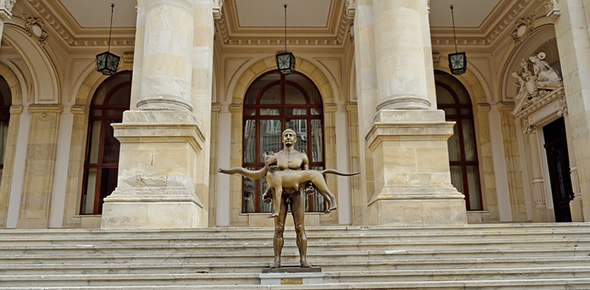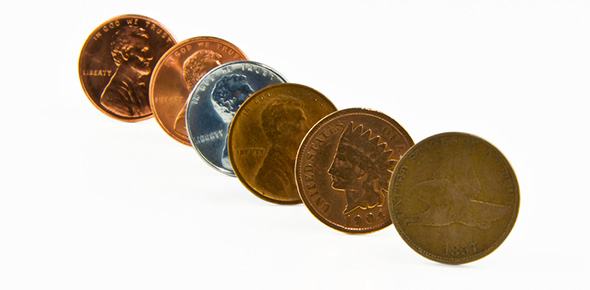Related Flashcards
Related Topics
Cards In This Set
| Front | Back |
|
The chief subject of discussion at the convention held in Seneca Falls, New York was
|
Women's rights.
|
|
Which one of the following is NOT a reason why immigrants to America were not welcome
|
C. They filled a need for unskilled labor.
|
|
Until the 1880s, the task of receiving immigrants fell on
|
Cities
|
|
The major factor that sent waves of Irish immigrants to the United States between 1845 and 1849 was
|
The Irish Potato Famine.
|
|
The city most affected by Irish immigration during the 1840s was
|
Boston.
|
|
The typical German immigrant from the 1840s to the 1860s was a/an
|
Small farmer or artisan
|
|
Which one of the following would be an unlikely occupation for an American-born Irish man or woman?
|
College professor
|
|
German immigrants would be LEAST likely to settle
|
N northeastern cities.
|
|
What contributed to orienting the attention of each of the major seaports away from the oceans and toward trade with the nation's interior?
|
The market revolution
|
|
Which one of the following cities edged out Charleston to become one of the five largest cities in 1850?
|
New Orleans
|
|
The most significant demographic development of the period 1820-1850 was
|
Rapid population growth in the cities.
|
|
The fastest growing city in the United States between 1820 and 1860 was
|
New York.
|
|
Approximately 500,000 free African Americans resided in the United States by 1860, making up what percent of the total black population?
|
11%
|
|
What was the most striking feature about income in the period 1820-1850?
|
There was a growing gap between rich and poor.
|
|
Most early nineteenth-century cities lacked
|
Municipal water supplies, sewers, and garbage collection.
|





